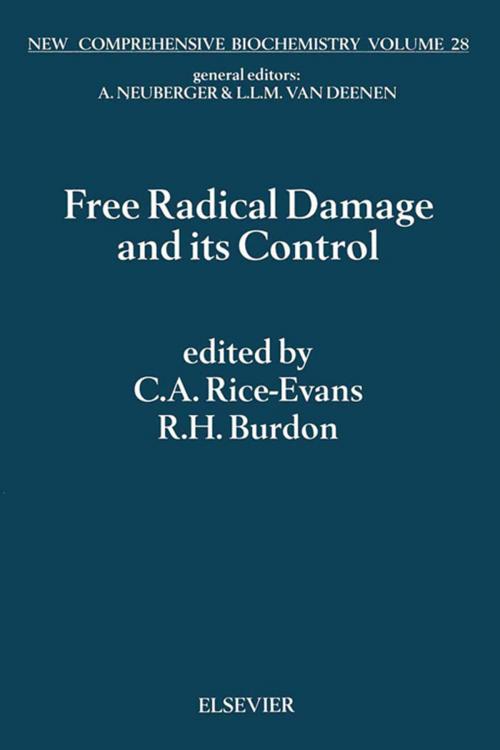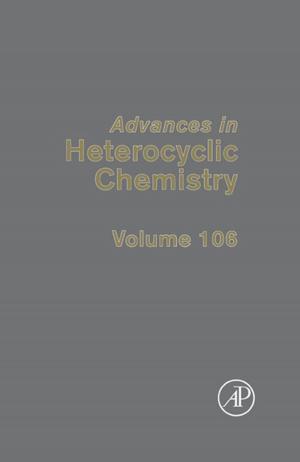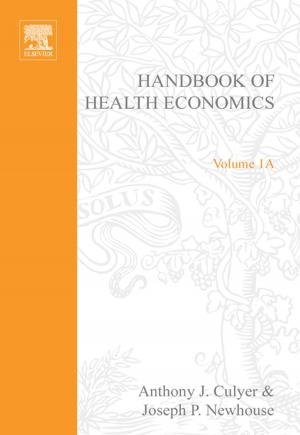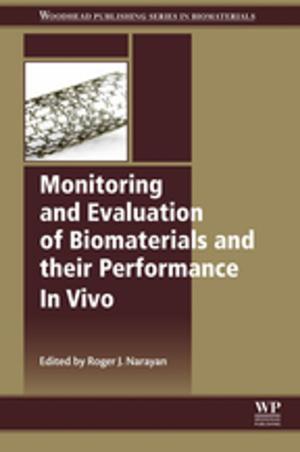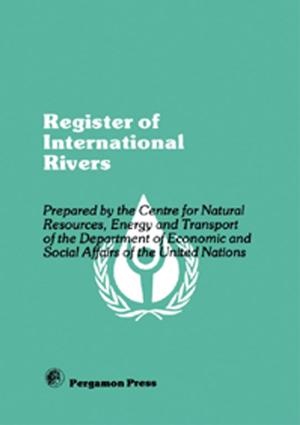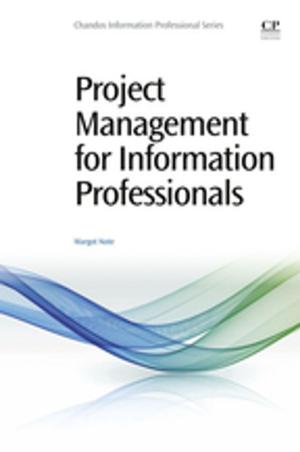Free Radical Damage and its Control
Nonfiction, Health & Well Being, Medical, Specialties, Toxicology, Science & Nature, Science, Biological Sciences, Biochemistry| Author: | ISBN: | 9780080860886 | |
| Publisher: | Elsevier Science | Publication: | February 9, 1994 |
| Imprint: | Elsevier Science | Language: | English |
| Author: | |
| ISBN: | 9780080860886 |
| Publisher: | Elsevier Science |
| Publication: | February 9, 1994 |
| Imprint: | Elsevier Science |
| Language: | English |
This book provides a comprehensive treatise on the chemical and biochemical consequences of damaging free radical reactions, the implications for the pathogenesis of disease and how this might be controlled endogenously and by radical scavenging drugs. Oxidative stress may be influenced by exogenous agents of oxidative stress, radiation, trauma, drug activation, oxygen excess, or by exogenous oxidative stress which is associated with many pathological states including chronic inflammatory disorders, cardiovascular disease, injury to the central nervous system, and connective tissue damage. This and many other such aspects are presented clearly and in depth.
The development of antioxidant drugs depends on the understanding of the mechanisms underlying the generation of excessive free radicals in vivo, the factors controlling their release and the site of their action. This excellent volume presents an up-to-date account of the current state of knowledge in these areas.
This book provides a comprehensive treatise on the chemical and biochemical consequences of damaging free radical reactions, the implications for the pathogenesis of disease and how this might be controlled endogenously and by radical scavenging drugs. Oxidative stress may be influenced by exogenous agents of oxidative stress, radiation, trauma, drug activation, oxygen excess, or by exogenous oxidative stress which is associated with many pathological states including chronic inflammatory disorders, cardiovascular disease, injury to the central nervous system, and connective tissue damage. This and many other such aspects are presented clearly and in depth.
The development of antioxidant drugs depends on the understanding of the mechanisms underlying the generation of excessive free radicals in vivo, the factors controlling their release and the site of their action. This excellent volume presents an up-to-date account of the current state of knowledge in these areas.
